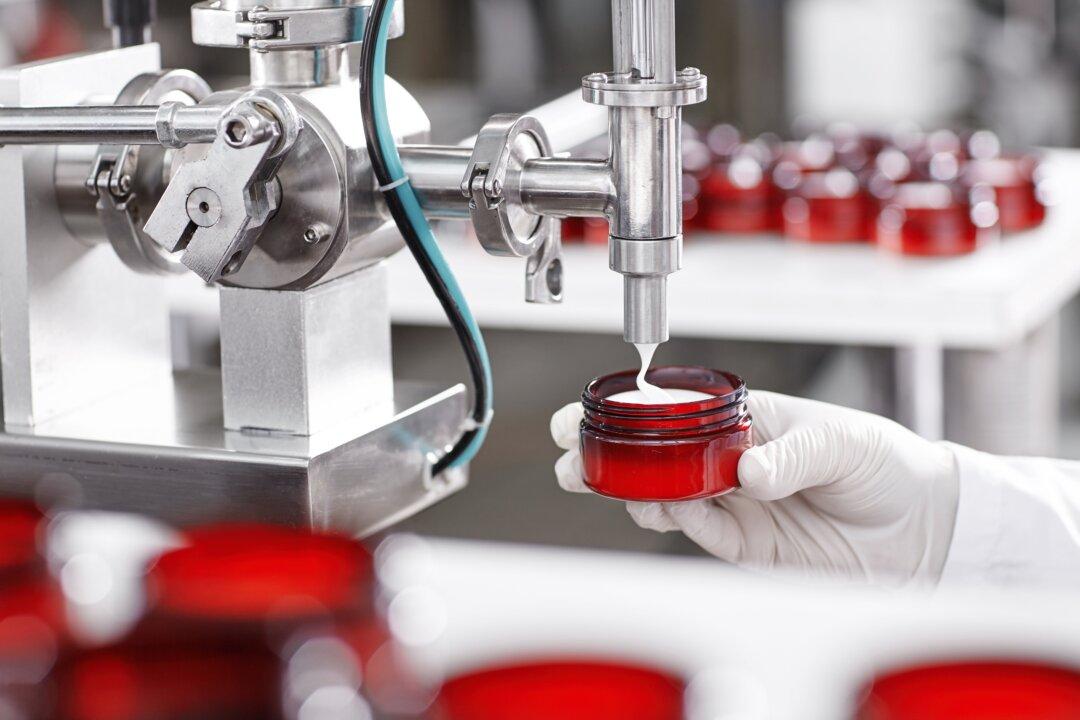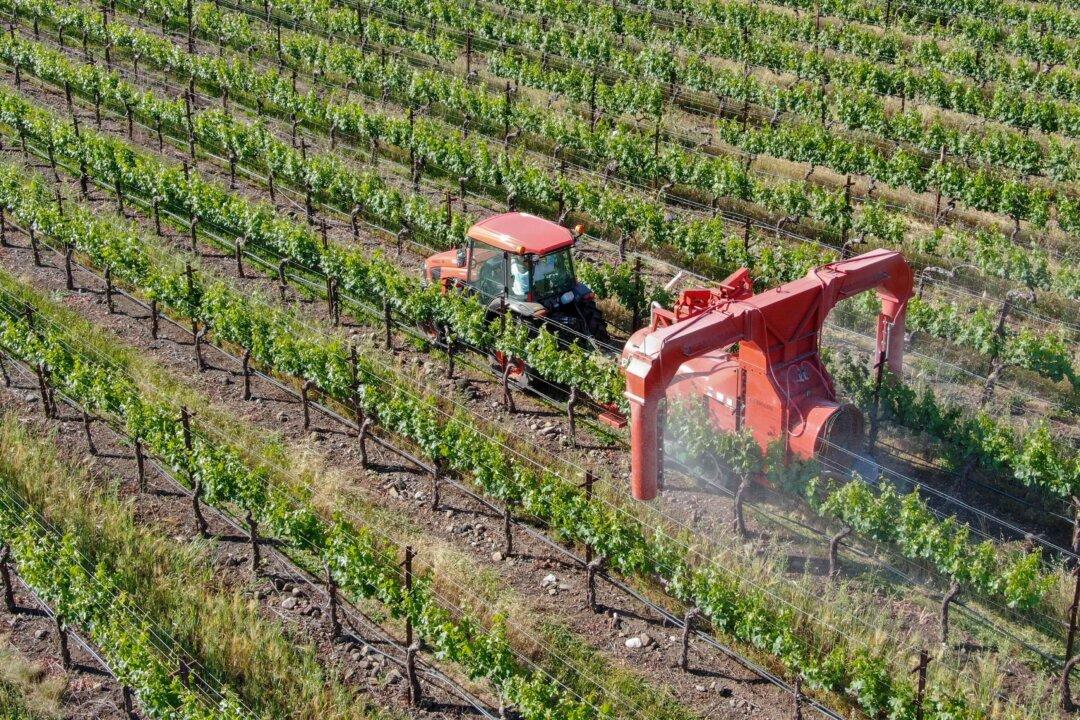Determining which fruits and vegetables are likely to have less pesticide residues can be confusing. Thankfully, the Environmental Working Group’s (EWG) 2014 Shopper’s Guide to Pesticides In Produce makes it easy. The guide ranks 48 different fruits and vegetables based on analysis of 32,000 samples tested by the U.S. Department of Agriculture and the Food and Drug Administration. This year, the EWG found that 65 percent of the samples tested positive for pesticide residues.
The Guide also fills an important void in the market because the Environmental Protection Agency doesn’t tell the American people about the risks of pesticide exposure and how they can reduce pesticides in their diet. The Food Quality Protection Act of 1996 required the EPA to assess pesticides in regards to their dangers to children and to determine that pesticides posed a “reasonable certainty of no harm” to children or any other high-risk group. The “Consumer Right to Know” provision of the 1996 law required the EPA to inform people about the possible health hazards of pesticides from eating produce. Specifically, it required the EPA to publish and distribute brochures in grocery stores concerning the risks and benefits of pesticides on food. The brochures were to include recommendations on how to reduce dietary exposures to pesticides. The EPA published a brochure in 1999, but it didn’t contain the actual risks of pesticide exposure or tell consumers how they could reduce dietary exposure.
Read more about pesticide regulation
“For decades, various toxic pesticides were claimed to be ‘safe’ — until they weren’t, and either banned or phased out because they posed risks to people,” said Sonya Lunder, EWG’s senior analyst, in a statement. “While regulators and scientists debate these and other controversies about pesticide safety, EWG will continue drawing attention to the fruits and vegetables with the highest pesticide loads.”
Some produce are dirtier than others, as the EWG’s Guide reveals. Every sample of imported nectarines tested and 99 percent of apples tested positive for at least one pesticide residue. Apples top the Dirty Dozen Plus list. The average potato had more pesticides by weight than any other food tested, and just one grape tested positive for 15 pesticides. Samples of celery, cherry tomatoes, imported snap peas and strawberries tested positive for 13 different pesticides.
Read more about pesticides used on fruits and vegetables
Here’s the full Dirty Dozen Plus list:
Apples
Celery
Cherries
Tomatoes
Cucumbers
Grapes
Nectarines
Peaches
Potatoes
Snap Peas
Spinach
Strawberries
Sweet Bell Peppers
Hot Peppers
Kale/Collards
Some produce are cleaner than others. Some 89 percent of pineapples, 82 percent of kiwi, 80 percent of papayas, 88 percent of mango and 61 percent of cantaloupe had no residues. No single fruit sample from the Clean Fifteen listed tested positive for more than four types of pesticides. Avocados were the cleanest food tested as only one percent of avocado samples tested positive for pesticide residues. Avocados are in the number two spot on the Clean Fifteen list.
Here’s the full Clean Fifteen list:
Asparagus
Avocados
Cabbage
Cantaloupe
Cauliflower
Eggplant
Grapefruit
Kiwi
Mangoes
Onions
Papayas
Pineapples
Sweet Corn
Sweet Peas
Sweet Potatoes
The best way to avoid pesticide exposure is to buy organic produce. However, if you feel you can’t afford to buy only organic fruits and vegetables, take both the Dirty Dozen Plus and Clean Fifteen lists with you when you go to the grocery store.
This article was originally written by Gina-Marie Cheeseman and published by Naturally Savvy.





